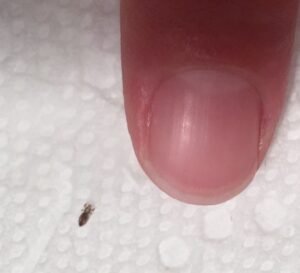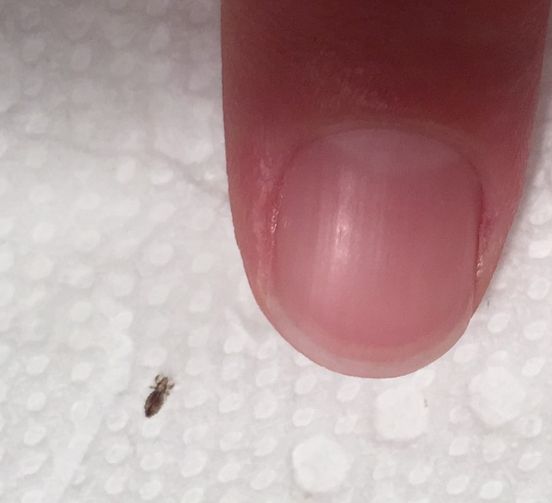### Ticks: Tiny but Dangerous Parasites
Ticks, tiny arachnids related to spiders, mites, and scorpions, are parasitic creatures that feed on the blood of larger animals, including humans. Unfortunately, these pests carry bacteria capable of spreading serious diseases.
### Rising Threat of Tick-Borne Diseases
Tick-borne illnesses, such as Lyme disease and Rocky Mountain spotted fever, are increasingly common, with over 50,000 cases reported annually and many more unreported. Different ticks, like black-legged ticks (deer ticks), dog ticks, and brown dog ticks, are found in homes and outdoor spaces.
– **Black-legged ticks**: Brown or black, they transmit Lyme disease.
– **Dog ticks**: Larger, reddish-brown, they can spread Rocky Mountain spotted fever.
– **Brown dog ticks**: Slender and brown, they thrive indoors and outdoors.
### Recognizing and Treating Tick Bites
Tick bites are often painless but can cause swelling, rash, or flu-like symptoms. Lyme disease may present as a “bull’s-eye” rash, though not always. Remove ticks promptly to reduce infection risk:
1. Use fine-tipped tweezers to grasp the tick close to the skin.
2. Pull gently without twisting.
3. Clean the area with soap, water, or antiseptic.
### Preventing Tick Encounters
Avoid tall grasses and wooded areas during warmer months. Use protective clothing and check for ticks after outdoor activities.
### Managing Home Infestations
If ticks enter your home:
– Isolate the area and keep pets away.
– Wear gloves, clean the area thoroughly, and dispose of ticks properly.
Taking prompt action can prevent infestations and disease transmission.









